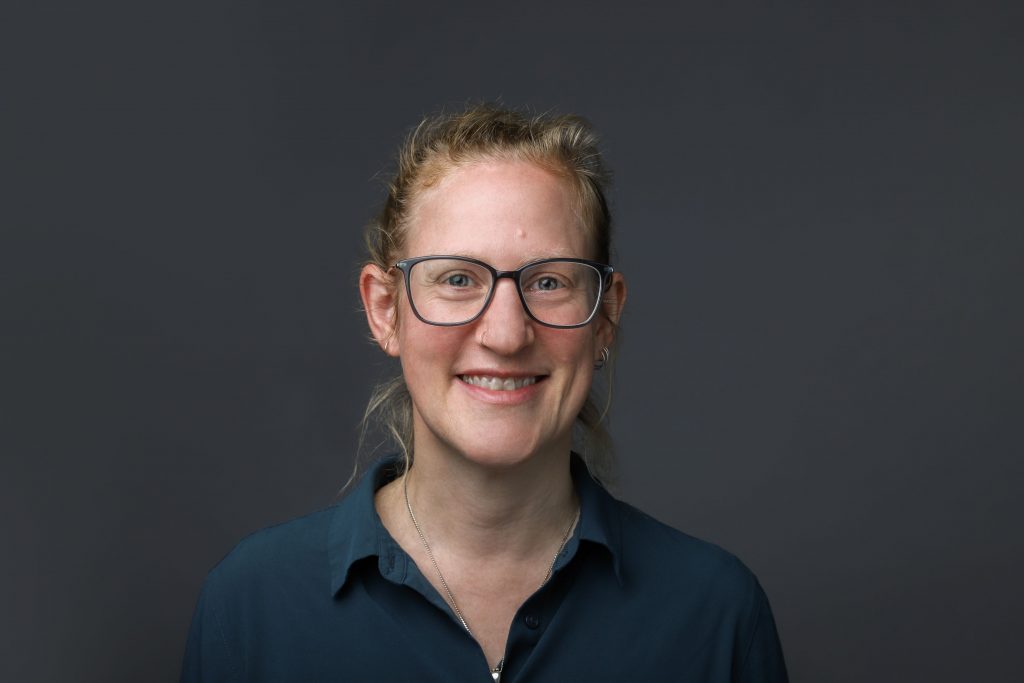
The Good Thing: B Corp Certification
The Good Thing: B Corp Certification
Share
B Corp certification offers more than a stamp of ethical approval. It offers a framework followed by a global network of businesses. Three of these are Australian design studios Kosloff Architecture, WOWOWA and ClarkeHopkinsClarke – which all stress certification is only just the beginning.
Most designers view themselves first and foremost as problem solvers. They are specialists in coming up with amendments and evaluations to address pressing and potential issues. This naturally shares an alignment with the values of B Corp certification by B Lab, a global non-pro t network set-up to validate companies that meet high standards of social and environmental performance, accountability and transparency.

As of writing, there are currently more than 5800 certified B Corporations in 85 countries and over 158 industries. Each company must measure its impact in five areas: workers, customers, governance, environment and community. B Corps then ranks the company’s positive social and environmental impact using the B Impact Assessment.
It must receive a score of 80 or more points to be verified, which is resubmitted every three years for assessment. Once certified, a company’s B Corp score will appear on B Lab’s global directory. Businesses must also embed stakeholder governance into their company’s constitution to hold directors accountable. It’s clearly quite the process!
Honing in on the Australian design industry, how does B Corp certification stack up? Commercially and ethically speaking, why should certification now be expected as standard practice?

A Natural Fit
“There’s a really strong alignment with what architects do and what they believe in. I think they’re very interested in the idea of impact and ethical business,” says Kosloff Architecture co-founder Stephanie Bullock.
“It’s a natural fit. It’s hard to imagine why, if there are any architectural practices that wouldn’t concur with most of the principles of B Corp.”
As one of the first Australian practices to achieve certification, Kosloff is currently in the process of becoming recertifed, which Bullock cites as an important tool to “keep raising the bar”.

It’s a sentiment shared by ClarkeHopkinsClarke practice director Courtney Smith and quality manager Anna James, describing certification as a “great opportunity to hold the mirror up to yourself as a business”.
“B Corp brings accountability to remember what we as a practice is trying to achieve, and remember we have a platform, and we should be using that for the right reasons,” says Smith.
“When you are studying architecture, you have all these ideas about sustainability, but that’s very different from reality,” adds James.
“When you start working, all of a sudden you’ve got time-frames, you’ve got a budget. These are all massive real-world limitations. But, by having B Corp certification, you are reminded about the benchmarks and the platforms we’ve set. It helps architects not get lost in the mundane, trying to make everything be perfect for the client and within budget at the expense of sustainability.”

A Collective Framework
The purpose of B Corp is to provide a ‘manifesto’ of policies and procedures in a company’s business model. While this process helps studios recognise where they may fall short, it also formalises what they may already be doing.
This was the case for WOWOWA director Monique Woodward. Eager to ratify her studio’s values, Woodward recognised the ability of certification to pave the way for business growth.
“Certification really helped us get everything all professional and lined up. It’s honestly the best thing for a small business to do if they want to launch into having more than five staff,” says Woodward, who co-founded the Melbourne-based architecture studio with her husband Scott Woodward in 2010.

Certified in 2019, Woodward used B Corp as a ‘roadmap’ to evolve her business into a medium-sized practice.
“It has become this B Corp bible within the company. And I knew from the outset of our practice I wanted to do sustainability in a yummy, sexy way. And the same goes for B Corp, we were wanting to prove you could be an ethical business and also do work that wasn’t visually reductive.”
Moving up the employee scale to ClarkeHopkinsClarke, which currently employs 200 people, Smith says it was important to not rely on culture but rather provide induction manuals for people to refer back to.
“We were a team of 150 when we started the process of certification in 2016. And we really needed to put a lot of robustness in place. Because, being a practice of our size, you want it to be something that everybody follows as a baseline. That was the biggest thing for us – going back and putting documents and processes and doing the groundwork.”

James adds that “constantly recording” data from both a “social and environmental point of view” will encourage conversation about the room for improvement, ultimately helping the company to evolve and grow.
“You can use the B Corp model as a way of constantly assessing. It gives you that real, ethical round business. When you go through all the 200 questions to achieve certification or recertification, part of that is looking at the answers that B Corp may give and looking at what we did last time and what we want our answer to be now.”
Business Benefits
Remembering that design studios are businesses and require work to function and grow, Bullock is quick to stress the commercial benefits of certification. “If you want a fairly hard-nosed, commercial approach, I think that one thing we frequently see in tenders for government work is that ideas around ethical performance and corporate responsibility are increasingly an evaluation factor in almost every government tender,” she says.
“There is a direct commercial benefit. If there is a question about what your organisation is doing in terms of corporate and social responsibility, being able to say, we’re a B Corp, and these are all the actions that we’ve taken, is a very strong way to demonstrate that you meet the criteria.”

Beyond the Label
When speaking about the certification experience, the term ‘auditing’ is commonly used to describe the process. The rigorous assessment impacts every aspect of a business from hiring policies to the carbon footprint.
All this needs to be verified with evidence and data from internal and external actions the business has undertaken. Although tedious, this is designed to weed out noncommittal participants and ensure B Corp certification is never ‘tokenistic’.
“There’s no way to fake it,” says Bullock. “Your commitment has to be absolutely embedded in every single one of your systems.”
James agrees. “The amount of effort you would need to be able to fake it, by the time you’ve gone through all that process and proved it all, you may as well do it. It seems a bit pointless to then go, ‘Oh well, now we’ll just ignore it because that was all fake.’ And then in three years’ time, you have to do it again. It seems an insane thing just to say that you’re a B Corp.”
The More the Merrier
‘We won’t stop until all business is a force for good’ is the motto and end goal of B Lab. Beyond the design industry, B Corp is at its most powerful when more people join the ‘collective’.
With this in mind, Woodward credits Kosloff as a springboard for her own journey to certification. “We met with them, asked them lots of questions on how to start and they were mentoring us at the start.” And this was no accident.
Bullock, as a B Corp advocate, “strongly encourages anybody who’s thinking about it to reach to other existing B Corps”.
“We’re always happy to help, always happy to have a chat. As far we are concerned, the more businesses of different types that become B Corp, it just bene ts everybody. It raises the bar for everybody and that has to be a good thing”.

This article is from AR172. To subscribe to Architectural Review click here.

















